A curated e-commerce experience for artisanal living art.
Verde Interior is an e-commerce store for artisanal living art, like terrariums and preserved moss paintings. It’s specifically designed to overcome customer care fears by building trust through a premium, reassuring user experience.
The site guides users from discovery to a confident purchase with detailed product information.
The market for living art is growing, but customers are held back by a powerful care anxiety—the fear of killing plants.
This creates a major business challenge: how to build enough trust to convince users to buy a delicate, living product onlinefrom a new brand.
The challenge was to design an e-commerce experience that proactively addresses this fear, turning hesitation into confidence.
I owned the end-to-end UX process, from initial research to a final validated design.
First, I synthesized findings into actionable personas and defined critical red routesto focus our efforts.
Through rapid cycles of paper prototyping and usability testing, I identified key pain points.
I then translated these validated solutions into high-fidelity mockups and an interactive prototype in Figma, creating a design that demonstrably builds trust and streamlines the path to purchase.
The final, validated design resulted in an intuitive and trustworthy user experience that delivers measurable improvements to the customer journey:
- 65% Task Success on Critical Features.
- Elimination of Key Purchase Blockers.
- 40% reduced frustrated of users.
To build a successful product, we first needed to deeply understand the user's world.
This foundational phase focused on in-depth research to uncover the core emotional barriers and strategic opportunities within the living art market, establishing a clear, evidence-based design strategy.
I analyzed the market to understand competitors and identified the core user problem: a powerful "care anxiety" that stops potential customers from buying plants online.
From the research, I synthesized actionable user personas to guide our design decisions, focusing on a primary persona who embodied the core challenge of the project.
I identified the most critical user tasks, or red routes, to prioritize our design and prototyping efforts, ensuring we focused on what truly mattered to the user.
My approach was to test early and often. I used rapid, iterative cycles of paper prototyping and moderated user testing to find and fix critical flaws cheaply, ensuring that every design decision was validated directly by user feedback before committing to high-fidelity.
"This is exactly the style I want, but my biggest fear is that I'll do something wrong and it won't last."
— Sofía, during an early usability test.
This user's anxiety was a critical pivot point. We realized our design must proactively address specific fears to build true confidence, not just provide basic instructions.
I conducted multiple rounds of moderated usability tests for each defined red route, starting with low-fidelity paper prototypes.
This iterative approach allowed me to systematically uncover critical usability issues, validate solutions based on direct user feedback, and ensure each part of the user journey was intuitive and effective.
My methodology was iterative.
I ran usability tests to identify key issues, refined the prototype based on user feedback, and then re-tested to validate that the solutions were effective.
To bring the validated solutions to life, I designed the user interface in Figma, focusing on a clean, trustworthy, and premium aesthetic that reflects the brand's values.
This process evolved from digital wireframes in Balsamiq to a final, high-fidelity interactive prototype.
I designed the high-fidelity mockups in Figma. These mockups established the final look and feel of the user interface.
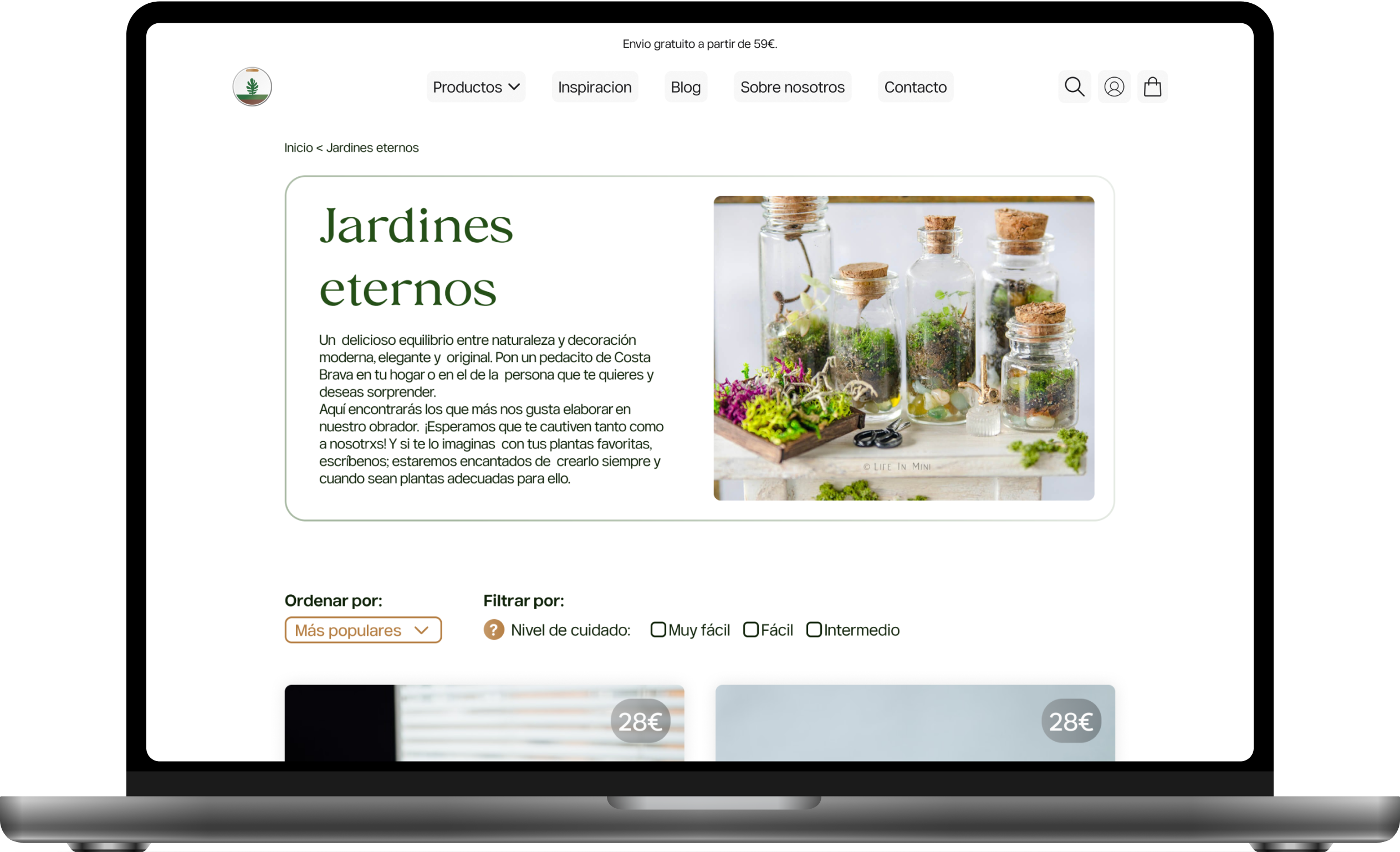
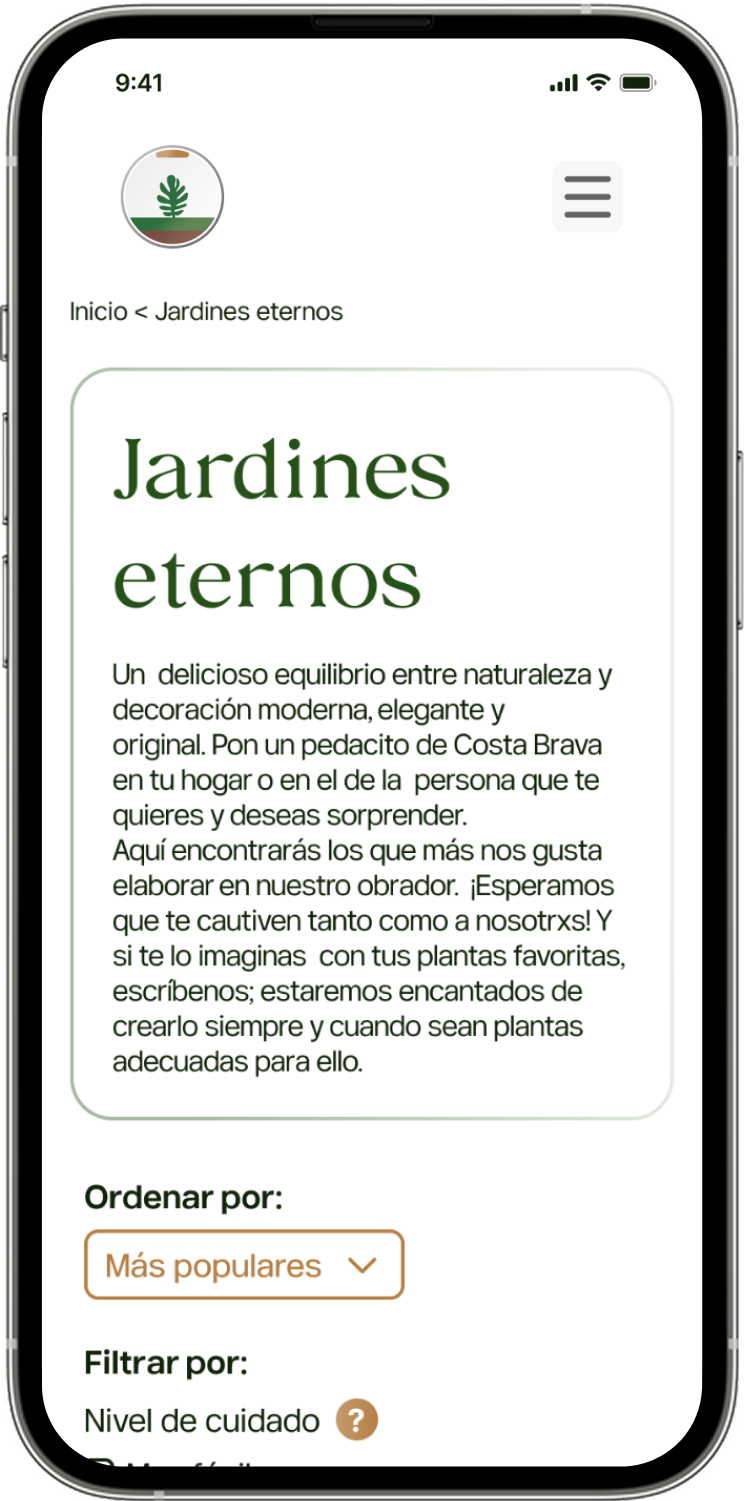
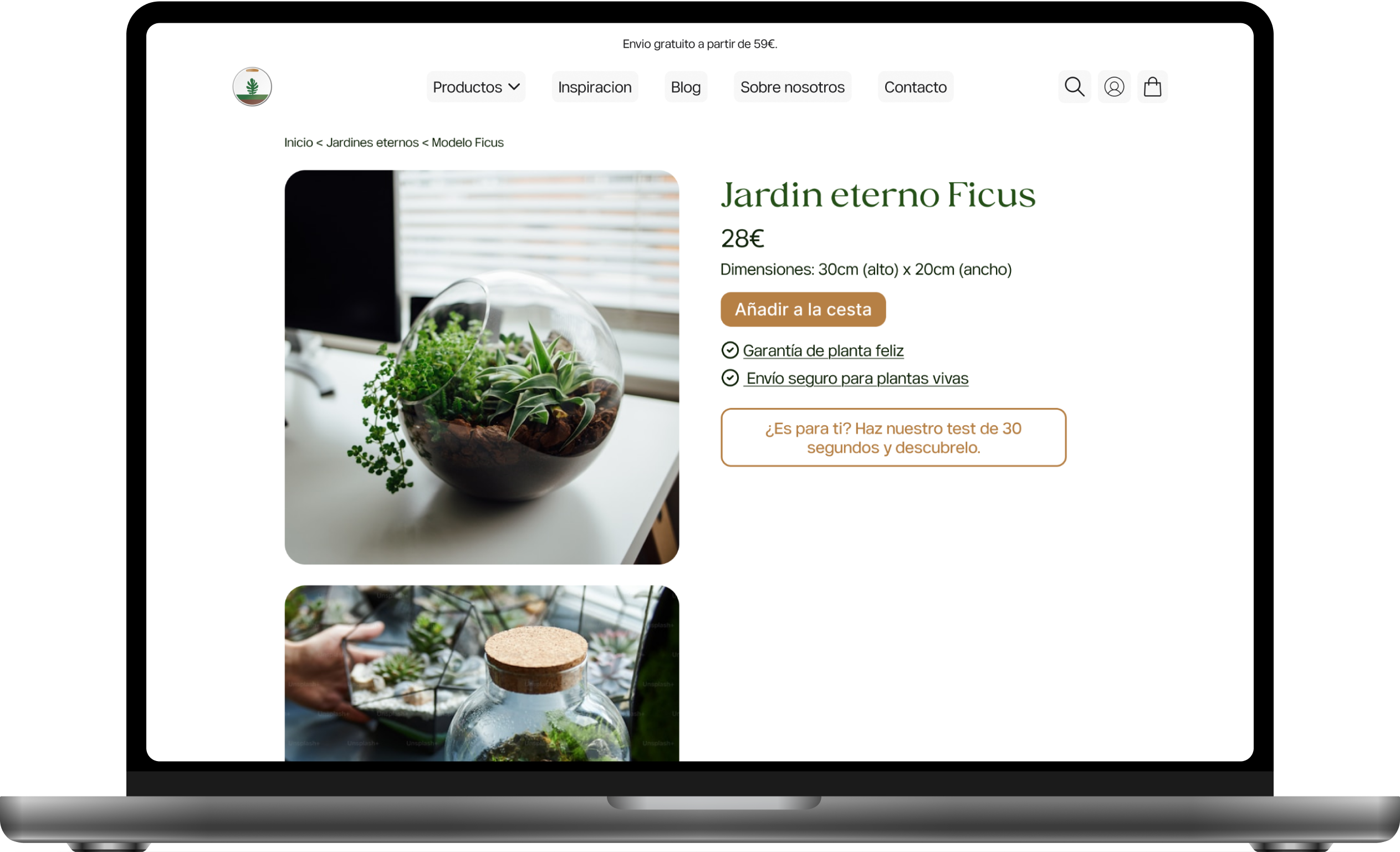
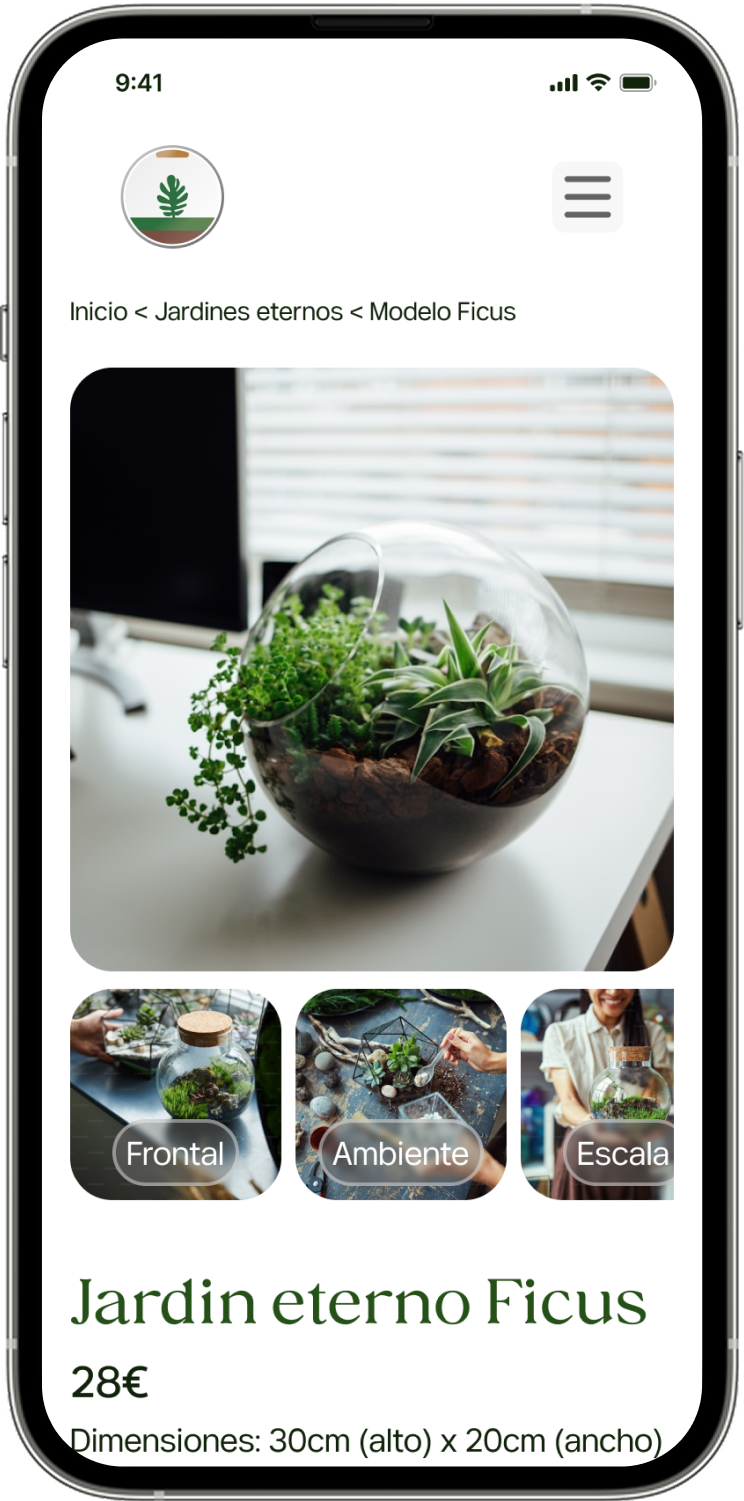
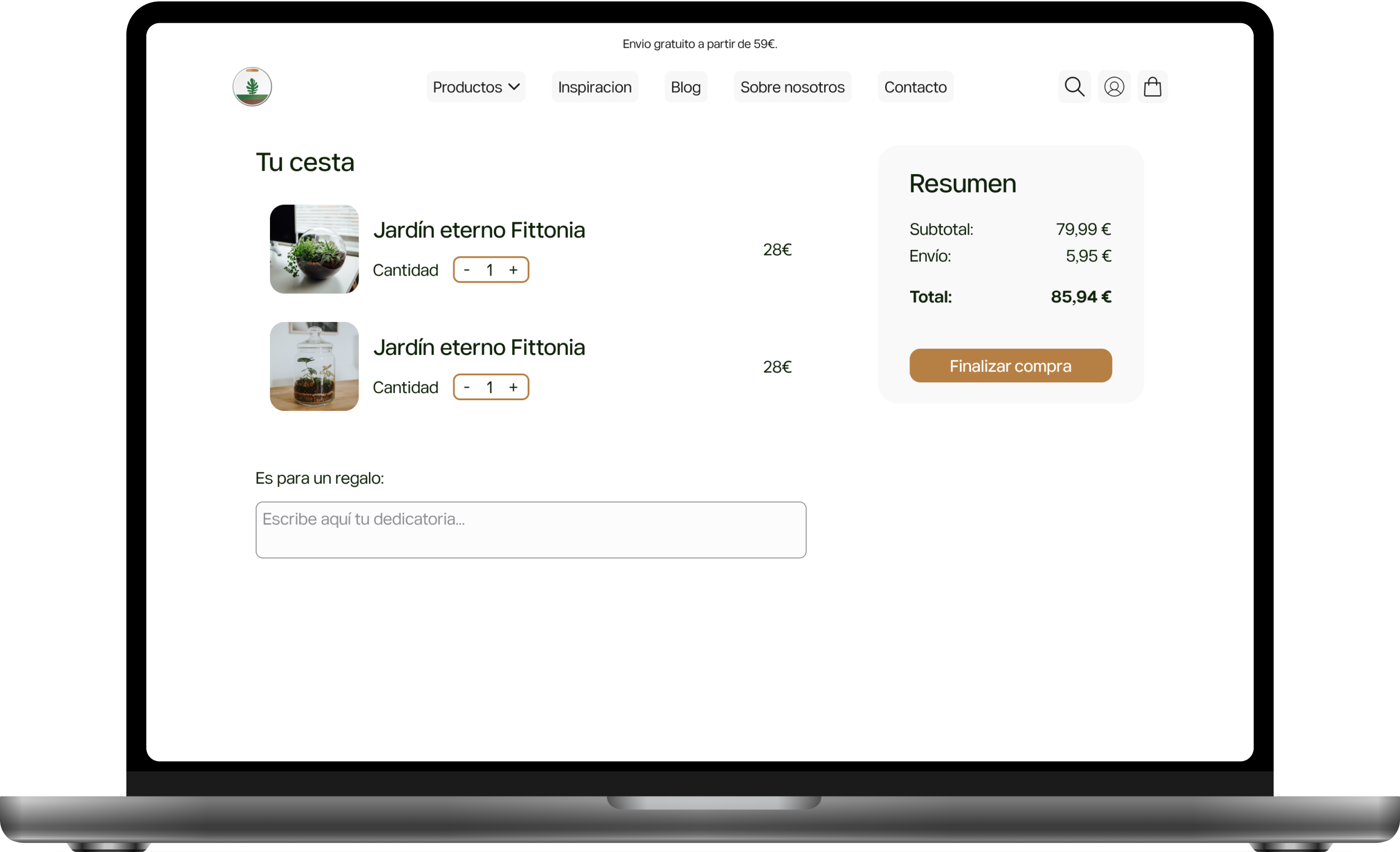
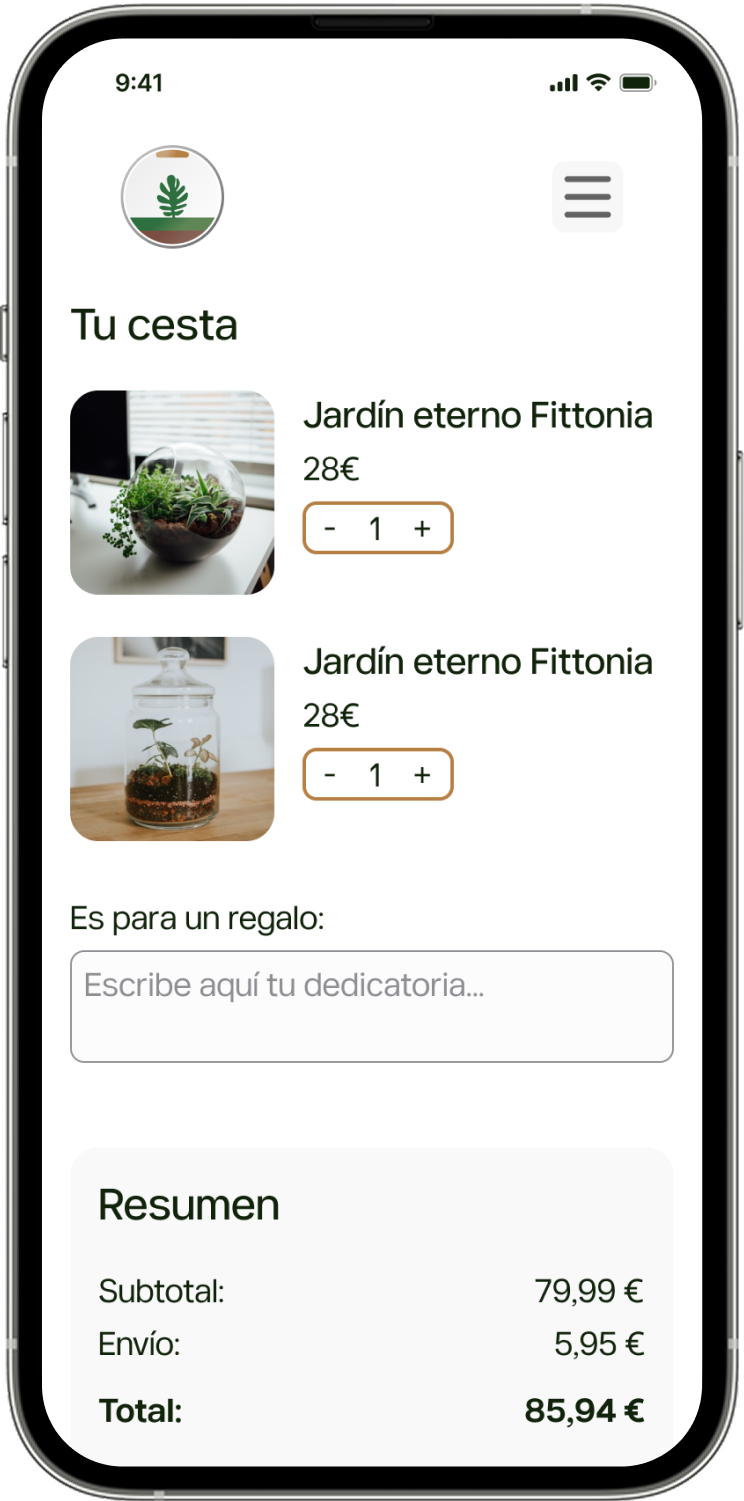
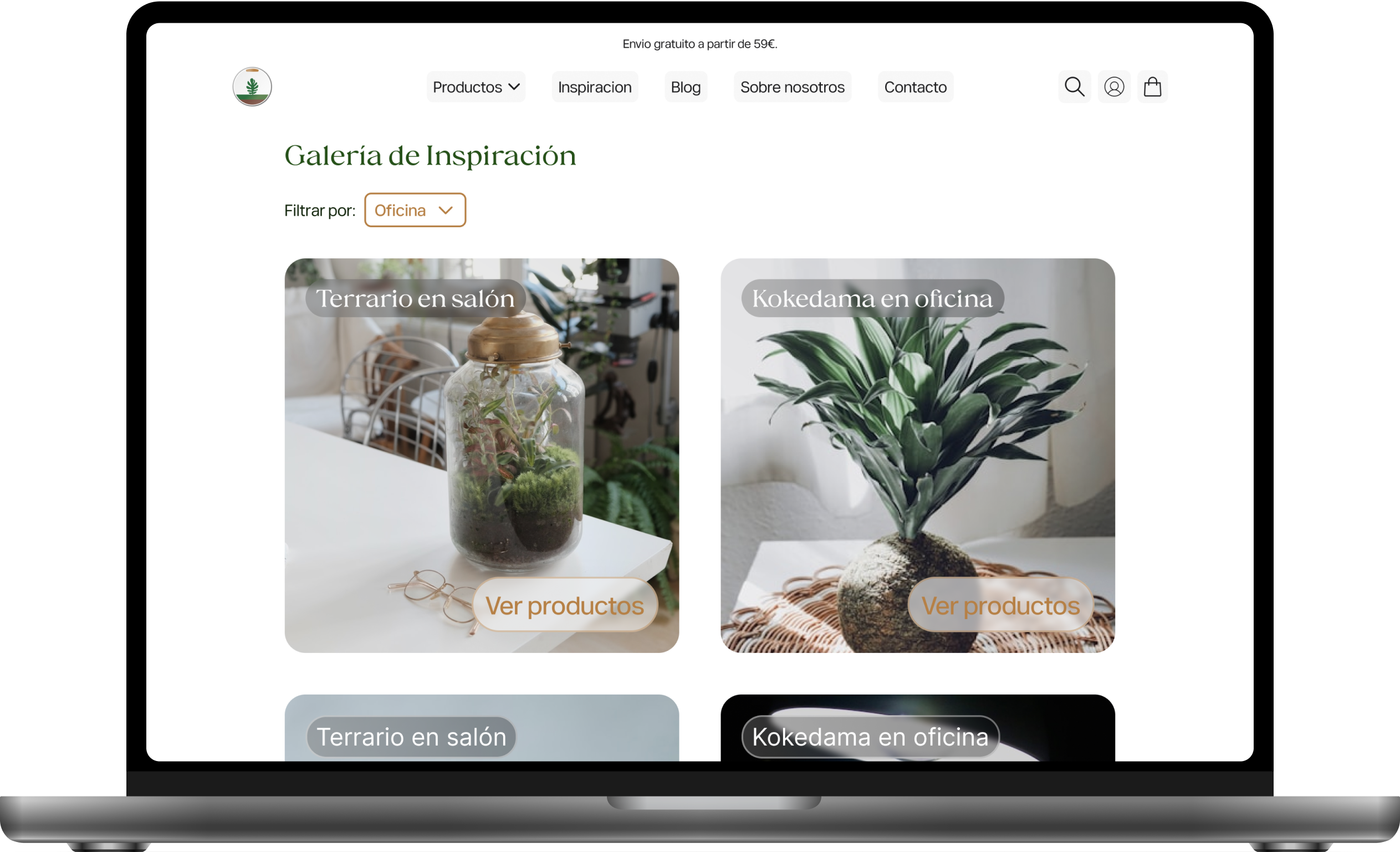
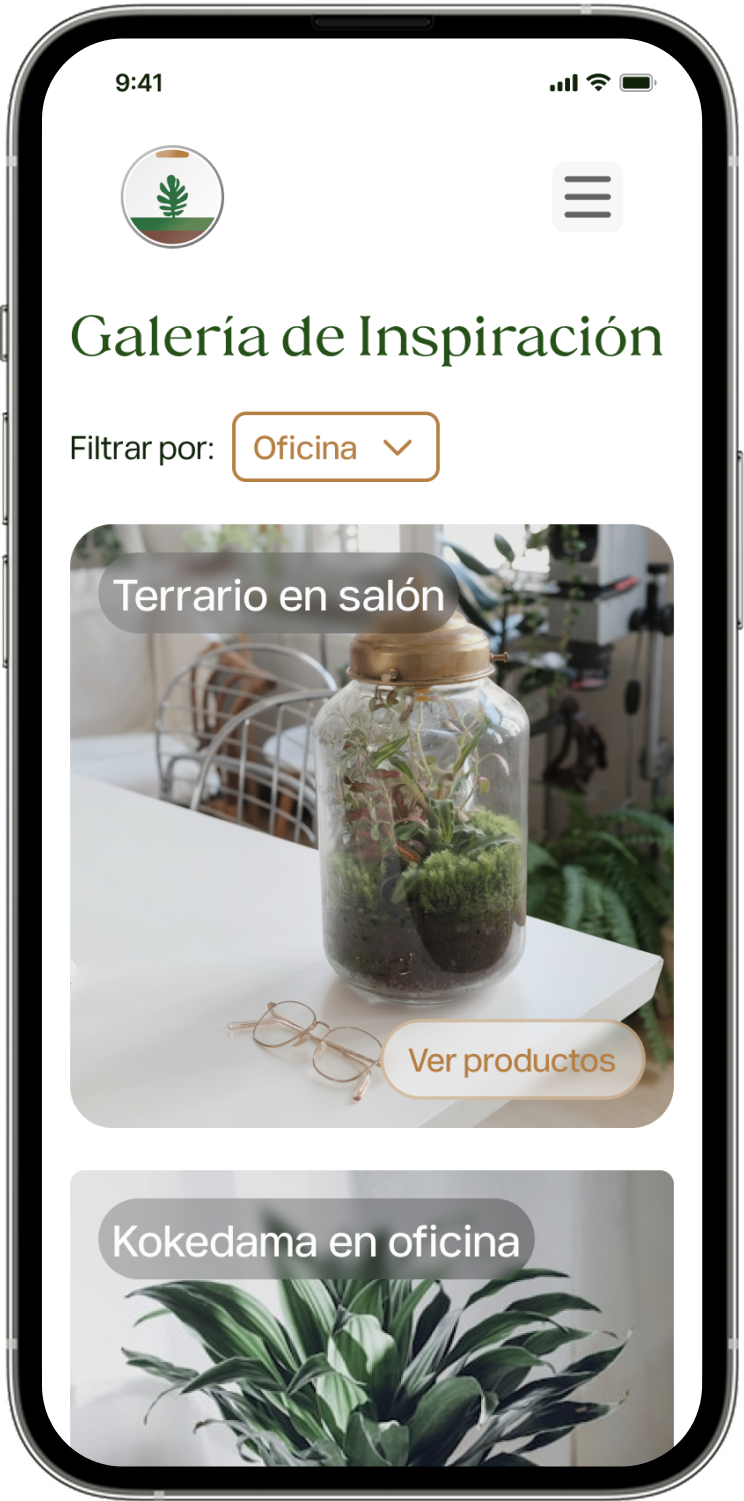
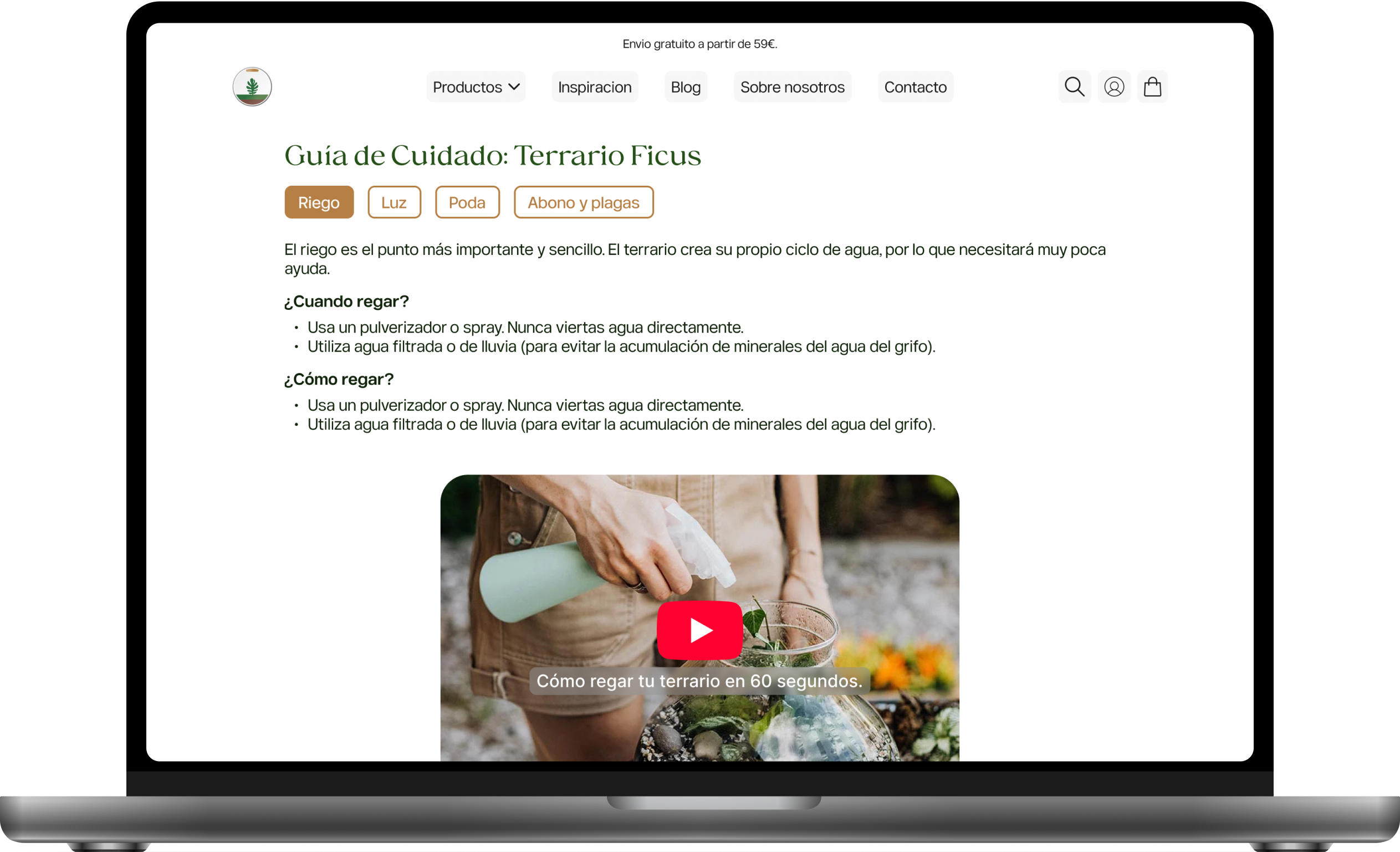
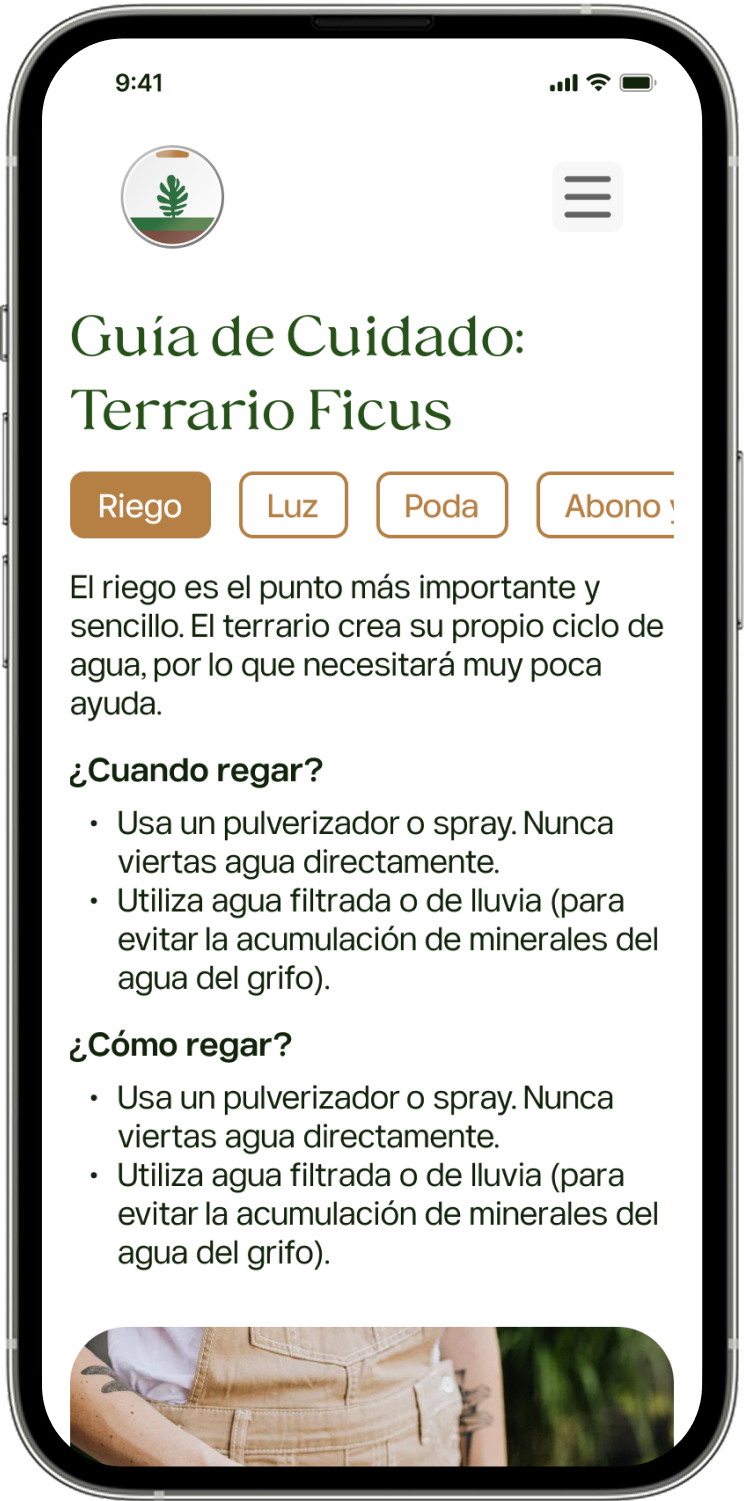
The final design directly solves the core business problem by transforming user anxiety into purchase confidence.
Through iterative testing, the validated prototype eliminated critical purchase blockers—such as security fears and confusing features—creating a trustworthy user journey poised for higher conversion and demonstrating clear business value.
The launch of the website wasn't the end of the project, but the beginning of a new chapter.
Since the new site went live, I have been closely monitoring live analytics and user feedback to inform the roadmap for Phase 2 enhancements, ensuring the platform continues to evolve with the community's needs.
This project reinforced several key design principles I carry forward, showing how a user-centered process transforms complex user emotions into a clear, trustworthy, and effective product.
- Design for Anxiety to Build Trust: Proactively addressing user fears is more powerful than simply adding features.
- Validate Concepts Before Pixels: Low-fidelity testing is the most efficient way to solve critical problems early.
- Transparency Creates Confidence: Every element of clarity—in price, security, or information—directly builds user trust.
If you're curious to see the full project on Figma with all the design details, or want to discuss a potential collaboration, just drop me a line.
A curated e-commerce experience for artisanal living art.
Verde Interior is an e-commerce store for artisanal living art, like terrariums and preserved moss paintings. It’s specifically designed to overcome customer care fears by building trust through a premium, reassuring user experience.
The site guides users from discovery to a confident purchase with detailed product information.
The market for living art is growing, but customers are held back by a powerful care anxiety—the fear of killing plants.
This creates a major business challenge: how to build enough trust to convince users to buy a delicate, living product onlinefrom a new brand.
The challenge was to design an e-commerce experience that proactively addresses this fear, turning hesitation into confidence.
I owned the end-to-end UX process, from initial research to a final validated design.
First, I synthesized findings into actionable personas and defined critical red routesto focus our efforts.
Through rapid cycles of paper prototyping and usability testing, I identified key pain points.
I then translated these validated solutions into high-fidelity mockups and an interactive prototype in Figma, creating a design that demonstrably builds trust and streamlines the path to purchase.
The final, validated design resulted in an intuitive and trustworthy user experience that delivers measurable improvements to the customer journey:
- 65% Task Success on Critical Features.
- Elimination of Key Purchase Blockers.
- 40% reduced frustrated of users.
To build a successful product, we first needed to deeply understand the user's world.
This foundational phase focused on in-depth research to uncover the core emotional barriers and strategic opportunities within the living art market, establishing a clear, evidence-based design strategy.
I analyzed the market to understand competitors and identified the core user problem: a powerful "care anxiety" that stops potential customers from buying plants online.
From the research, I synthesized actionable user personas to guide our design decisions, focusing on a primary persona who embodied the core challenge of the project.
I identified the most critical user tasks, or red routes, to prioritize our design and prototyping efforts, ensuring we focused on what truly mattered to the user.
My approach was to test early and often. I used rapid, iterative cycles of paper prototyping and moderated user testing to find and fix critical flaws cheaply, ensuring that every design decision was validated directly by user feedback before committing to high-fidelity.
"This is exactly the style I want, but my biggest fear is that I'll do something wrong and it won't last."
— Sofía, during an early usability test.
This user's anxiety was a critical pivot point. We realized our design must proactively address specific fears to build true confidence, not just provide basic instructions.
I conducted multiple rounds of moderated usability tests for each defined red route, starting with low-fidelity paper prototypes.
This iterative approach allowed me to systematically uncover critical usability issues, validate solutions based on direct user feedback, and ensure each part of the user journey was intuitive and effective.
My methodology was iterative.
I ran usability tests to identify key issues, refined the prototype based on user feedback, and then re-tested to validate that the solutions were effective.
To bring the validated solutions to life, I designed the user interface in Figma, focusing on a clean, trustworthy, and premium aesthetic that reflects the brand's values.
This process evolved from digital wireframes in Balsamiq to a final, high-fidelity interactive prototype.
I designed the high-fidelity mockups in Figma. These mockups established the final look and feel of the user interface.










The final design directly solves the core business problem by transforming user anxiety into purchase confidence.
Through iterative testing, the validated prototype eliminated critical purchase blockers—such as security fears and confusing features—creating a trustworthy user journey poised for higher conversion and demonstrating clear business value.
The launch of the website wasn't the end of the project, but the beginning of a new chapter.
Since the new site went live, I have been closely monitoring live analytics and user feedback to inform the roadmap for Phase 2 enhancements, ensuring the platform continues to evolve with the community's needs.
This project reinforced several key design principles I carry forward, showing how a user-centered process transforms complex user emotions into a clear, trustworthy, and effective product.
- Design for Anxiety to Build Trust: Proactively addressing user fears is more powerful than simply adding features.
- Validate Concepts Before Pixels: Low-fidelity testing is the most efficient way to solve critical problems early.
- Transparency Creates Confidence: Every element of clarity—in price, security, or information—directly builds user trust.
If you're curious to see the full project on Figma with all the design details, or want to discuss a potential collaboration, just drop me a line.
A curated e-commerce experience for artisanal living art.
Verde Interior is an e-commerce store for artisanal living art, like terrariums and preserved moss paintings. It’s specifically designed to overcome customer care fears by building trust through a premium, reassuring user experience.
The site guides users from discovery to a confident purchase with detailed product information.
The market for living art is growing, but customers are held back by a powerful care anxiety—the fear of killing plants.
This creates a major business challenge: how to build enough trust to convince users to buy a delicate, living product onlinefrom a new brand.
The challenge was to design an e-commerce experience that proactively addresses this fear, turning hesitation into confidence.
I owned the end-to-end UX process, from initial research to a final validated design.
First, I synthesized findings into actionable personas and defined critical red routesto focus our efforts.
Through rapid cycles of paper prototyping and usability testing, I identified key pain points.
I then translated these validated solutions into high-fidelity mockups and an interactive prototype in Figma, creating a design that demonstrably builds trust and streamlines the path to purchase.
The final, validated design resulted in an intuitive and trustworthy user experience that delivers measurable improvements to the customer journey:
- 65% Task Success on Critical Features.
- Elimination of Key Purchase Blockers.
- 40% reduced frustrated of users.
Began with ethnographic researchto understand user’s behavior.
I synthesized findings into a key user persona, which allowed us to define the strategic goals for building a trustworthy e-commerce experience.
Through rapid paper prototyping and multiple rounds of moderated usability tests, I quickly identified critical design flaws.
This iterative process allowed us to validate effective solutions based on direct user feedback before moving to high-fidelity design.
Validated insights from testing guided the design from digital wireframes in Balsamiq to high-fidelity mock-ups.
The process culminated in a polished interactive prototype in Figma, translating user-centered solutions into a final design ready for developer handoff.
To build a successful product, we first needed to deeply understand the user's world.
This foundational phase focused on in-depth research to uncover the core emotional barriers and strategic opportunities within the living art market, establishing a clear, evidence-based design strategy.
I analyzed the market to understand competitors and identified the core user problem: a powerful "care anxiety" that stops potential customers from buying plants online.
From the research, I synthesized actionable user personas to guide our design decisions, focusing on a primary persona who embodied the core challenge of the project.
I identified the most critical user tasks, or red routes, to prioritize our design and prototyping efforts, ensuring we focused on what truly mattered to the user.
My approach was to test early and often. I used rapid, iterative cycles of paper prototyping and moderated user testing to find and fix critical flaws cheaply, ensuring that every design decision was validated directly by user feedback before committing to high-fidelity.
"This is exactly the style I want, but my biggest fear is that I'll do something wrong and it won't last."
— Sofía, during an early usability test.
This user's anxiety was a critical pivot point. We realized our design must proactively address specific fears to build true confidence, not just provide basic instructions.
I conducted multiple rounds of moderated usability tests for each defined red route, starting with low-fidelity paper prototypes.
This iterative approach allowed me to systematically uncover critical usability issues, validate solutions based on direct user feedback, and ensure each part of the user journey was intuitive and effective.
My methodology was iterative.
I ran usability tests to identify key issues, refined the prototype based on user feedback, and then re-tested to validate that the solutions were effective.
To bring the validated solutions to life, I designed the user interface in Figma, focusing on a clean, trustworthy, and premium aesthetic that reflects the brand's values.
This process evolved from digital wireframes in Balsamiq to a final, high-fidelity interactive prototype.
I designed the high-fidelity mockups in Figma. These mockups established the final look and feel of the user interface.










The final design directly solves the core business problem by transforming user anxiety into purchase confidence.
Through iterative testing, the validated prototype eliminated critical purchase blockers—such as security fears and confusing features—creating a trustworthy user journey poised for higher conversion and demonstrating clear business value.
The launch of the website wasn't the end of the project, but the beginning of a new chapter.
Since the new site went live, I have been closely monitoring live analytics and user feedback to inform the roadmap for Phase 2 enhancements, ensuring the platform continues to evolve with the community's needs.
This project reinforced several key design principles I carry forward, showing how a user-centered process transforms complex user emotions into a clear, trustworthy, and effective product.
- Design for Anxiety to Build Trust: Proactively addressing user fears is more powerful than simply adding features.
- Validate Concepts Before Pixels: Low-fidelity testing is the most efficient way to solve critical problems early.
- Transparency Creates Confidence: Every element of clarity—in price, security, or information—directly builds user trust.
If you're curious to see the full project on Figma with all the design details, or want to discuss a potential collaboration, just drop me a line.